Spherical Analytics (S|A) will present at the upcoming SunSpec and Sandia National Labs DER Cybersecurity Webinar: Securing the Industrial Internet of Things.
The webinar intends to highlight our role in the upcoming National Institute of Standards and Technology (NIST) 1800 Series Practice Guide to secure distributed energy resources (DERs). S|A’s Chief Business Officer, Chris Rezendes, will present the Immutably™ platform’s role as part of the larger solution with NIST, the National Cybersecurity Center of Excellence (NCCoE) and other technology vendors.
S|A contributed the Immutably™ platform and its Proofworks™ and Scrivener™ applications to the test environment and practice guide. Immutably™ will serve as the ‘Registry of Record’ for key communications among and between DERs to enable a more resilient grid, and offer stakeholders a common ‘ground truth’ on which to make operational and financial decisions. Immutably™ will interface with technology provided by other members of the Cooperative Research and Development Agreement (CRADA) to proof and secure data transmitted to and from the distributed energy resource to its relevant applications and stakeholders.
The Department of Energy defines rooftop solar panels, backup batteries, and emergency diesel generators as examples of DERs.[1] These increasingly digitized resources represent a core pathway to materially enhance the resilience of the North American energy grid through the physical distribution and logical decentralization of these smaller, climate-aligned resources. They provide redundancy in case of failure or shortage at the building or campus level while offering the potential to alleviate pressure on the main energy grid in times of need.
Traditional electric power grids, no matter the centralized redundancy measures, remain imperfect and subject to significant cyber and climate risk. This winter’s harsh freeze across the Midwest caused temperatures to plunge and challenged infrastructure across the board. Most recently, the Texas power grid (its own independent entity outside of the main North American grids and managed by the Electric Reliability Council of Texas – ERCOT) failed as natural gas supply was diverted away from power generation and into homes, businesses, and other buildings for heat during the record freeze.[2] This caused massive shortages in gas for energy creation, along with frozen assets unprepared for the winter conditions, nearly resulted in an entire grid collapse. ERCOT did not borrow energy from other North American grids, given its independence, and millions of people went without power for extended periods. DERs, independent from the main grid, offer a fail-safe.
Beyond climate risk, cyber-attack to critical infrastructure remains a material threat from state and non-state actors alike. As we increasingly rely on digital systems to manage our critical infrastructure, they will face more threats to their remote management, real-time control, and critical data platforms. The integrity of our energy, water, transportation, and other critical systems – and their data – face near constant threat from maligned actors.
Recent cybersecurity attacks on critical infrastructure illustrate the immediate need for increased resilience not just for distributed energy resources, but across all domains. In February 2021, a hacker made multiple attempts to release hazardous amounts of the chemical sodium hydroxide into the drinking water of a town near Tampa Bay, Florida.[3] This remote terrorist could have poisoned thousands of people if not for a watchful (human) failsafe in place.
Trusting distributed resources to help prevent another Texas-style failure means communities need to trust that they can ward off future Florida-style attacks. A complete solution similar to the one to be recommended in the upcoming NIST practice guide aims to increase key stakeholders’ trust in distributed resources, starting with energy.
Please join us on the April 22nd to learn more about how we can assist in embedding “trust” in your data to meet current challenges and participate in opportunities created by building out a more resilient infrastructure.
Register Here: SunSpec and Sandia National Labs DER Cybersecurity Webinar: Securing the Industrial Internet of Things.
[1] https://www.energy.gov/eere/solar/solar-integration-distributed-energy-resources-and-microgrids
[2] https://www.theatlantic.com/technology/archive/2021/02/what-went-wrong-texas/618104/
[3] https://www.bbc.com/news/world-us-canada-55989843

